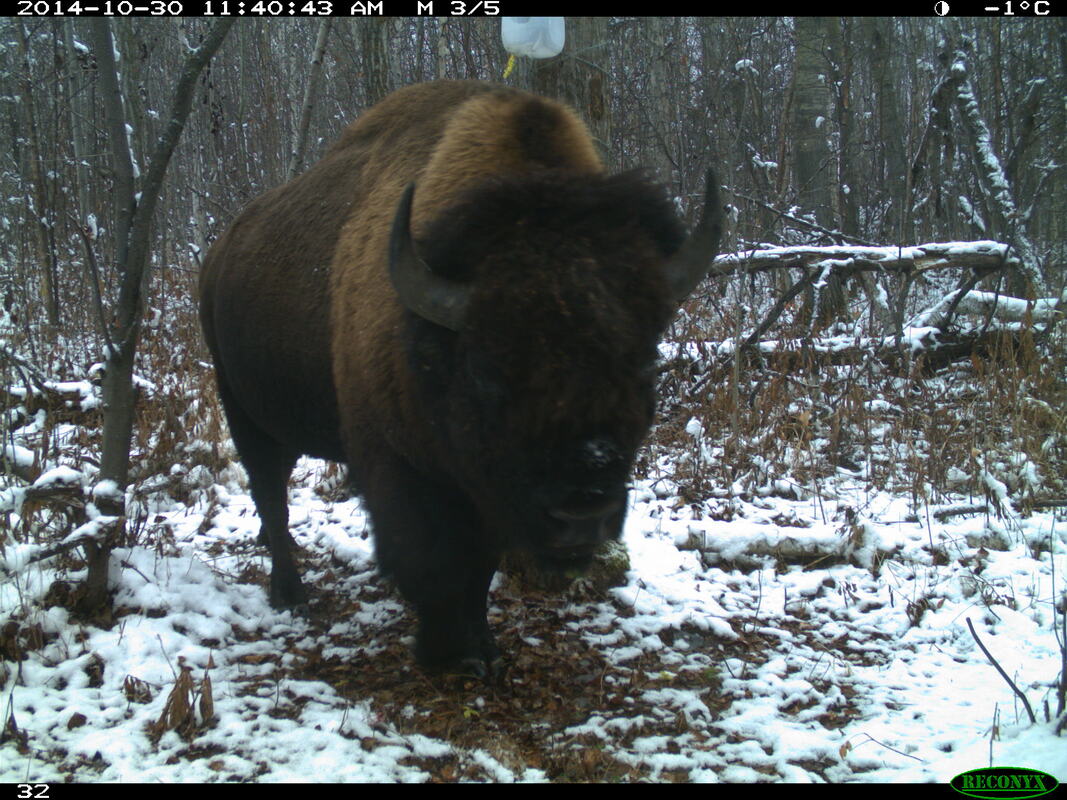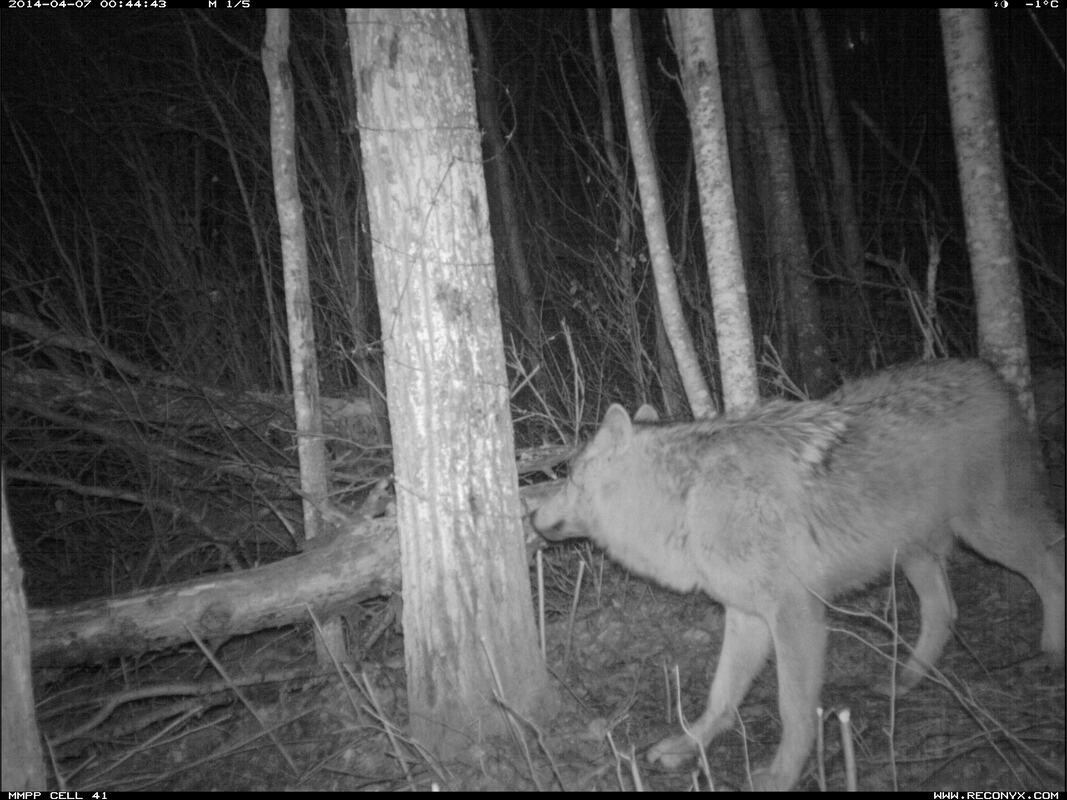Camera trapping as a method for Boreal mammal monitoring
Wildlife camera trapping has exploded in popularity. These easily deployed remote cameras can take photo and video footage across days, months, and even years in remote places. All of these photos serve as important data sources that help quantify current species distributions, and if monitored across multiple years, document how and why these distributions may change through time.
Canada's boreal forest is one of the largest ecoregions in the world - it stretches across our entire country and hosts many region specific species. The boreal forest also is a resource rich area for industries such as forestry, oil and gas, and mining - generating sometimes conflicting goals between humanity's need for natural resources and wildlife's need for unfragmented habitats.
Several of Dr. Stewart's projects involve camera trapping across the boreal forest. These data help to answer questions regarding the efficacy of protected areas, land management, and identifying critical connectivity corridors for multi-species conservation.
Thanks to my collaborators at Alberta Parks and UVic for the below photos. Other camera trapping projects within the WILDlab currently take place in the Northwest Territories, British Columbia, Alberta, and Ontario.
Canada's boreal forest is one of the largest ecoregions in the world - it stretches across our entire country and hosts many region specific species. The boreal forest also is a resource rich area for industries such as forestry, oil and gas, and mining - generating sometimes conflicting goals between humanity's need for natural resources and wildlife's need for unfragmented habitats.
Several of Dr. Stewart's projects involve camera trapping across the boreal forest. These data help to answer questions regarding the efficacy of protected areas, land management, and identifying critical connectivity corridors for multi-species conservation.
Thanks to my collaborators at Alberta Parks and UVic for the below photos. Other camera trapping projects within the WILDlab currently take place in the Northwest Territories, British Columbia, Alberta, and Ontario.



